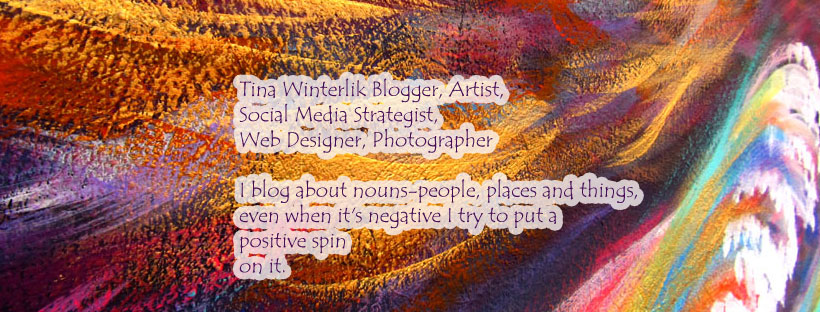Bhopal Gas Disaster, one of the worst industrial disasters in history. It happened in Bhopal, India, on December 2-3, 1984. Here’s what happened
1. The Disaster – What Happened?
A pesticide plant owned by Union Carbide (an American company, later bought by Dow Chemical) was producing a pesticide called Sevin.
The plant stored a highly toxic chemical called methyl isocyanate (MIC).
On the night of December 2-3, 1984, water entered an MIC storage tank, triggering a runaway chemical reaction.
This released over 40 tons of MIC gas into the air, spreading across Bhopal, a city of over 900,000 people.
The gas was heavier than air, so it stayed low, causing mass suffocation, blindness, and death as people inhaled the toxic fumes.
2. Immediate Impact: One of the Deadliest Industrial Accidents
3,000 people died instantly.
By morning, thousands of bodies lay in the streets.
Over 15,000 people died in the following weeks due to lung failure, chemical burns, and poisoning.
Half a million people were exposed, suffering from severe long-term health issues.
3. Long-Term Effects: A Poisoned Generation
Blindness, respiratory diseases, birth defects, and cancers skyrocketed in the affected areas.
Thousands of children were born with severe deformities.
Groundwater remained contaminated, exposing future generations to chemicals.
Many victims never received proper medical care.
4. Union Carbide’s (and Later Dow Chemical’s) Response
Union Carbide denied full responsibility, blaming worker sabotage.
The Indian government sued the company.
In 1989, Union Carbide paid only $470 million (far less than the damage caused).
No senior executives were ever jailed.
In 2001, Dow Chemical bought Union Carbide but refused to take responsibility.
5. Justice Denied: The Fight Continues
Survivors continue to demand justice and proper compensation.
Many toxic waste sites still exist in Bhopal.
Dow Chemical has never properly cleaned up the contamination.
The Indian government has been criticized for failing to support survivors.
6. Key Takeaways
One of the worst industrial disasters in history.
Over 15,000 deaths, half a million poisoned.
Union Carbide paid only $470 million in compensation.
Dow Chemical refuses to clean up the site.
Bhopal remains contaminated today.
This disaster exposed the dangers of weak safety regulations and corporate negligence. It’s still a symbol of environmental injustice, just like Love Canal, Chevron in the Amazon, and Erin Brockovich’s case.

No comments:
Post a Comment